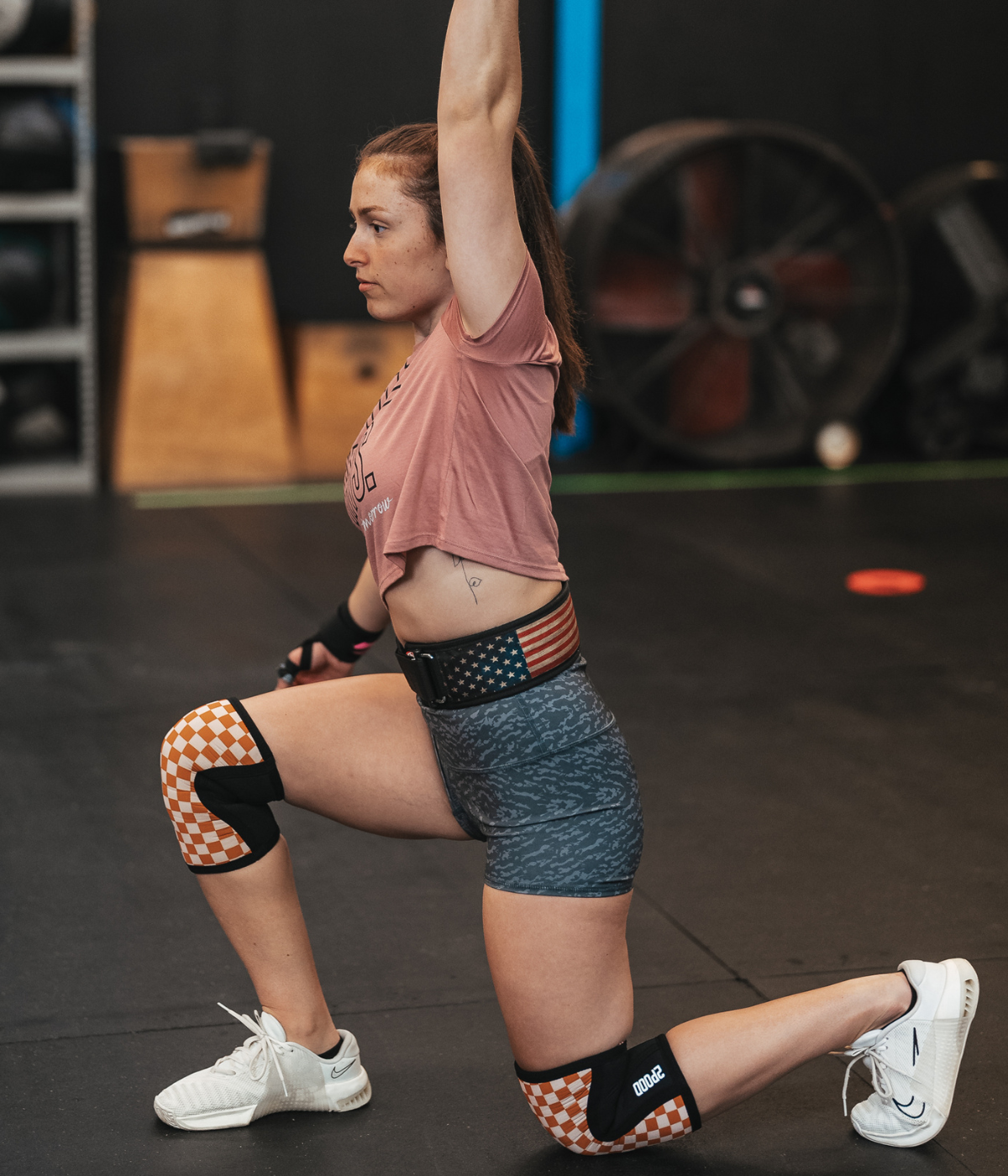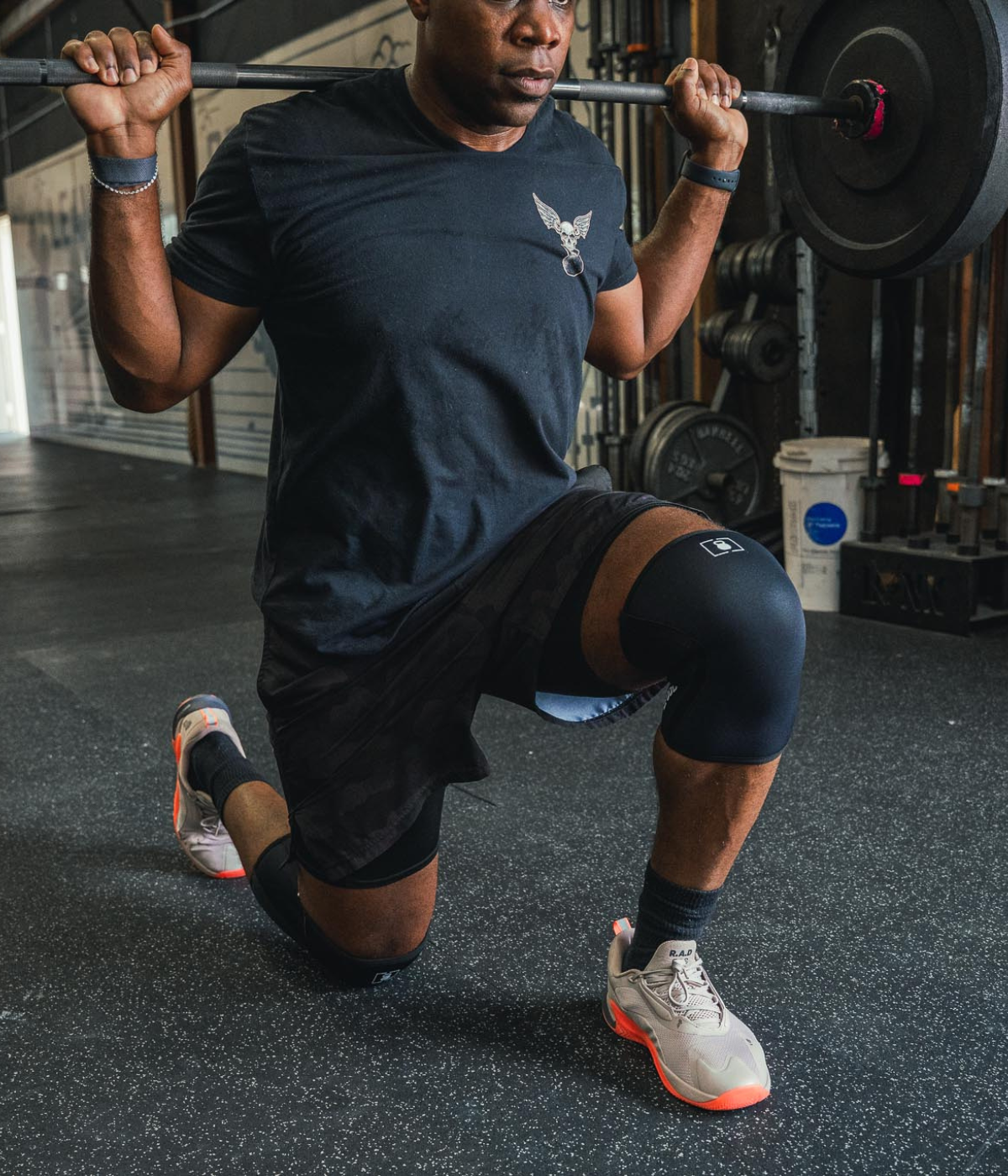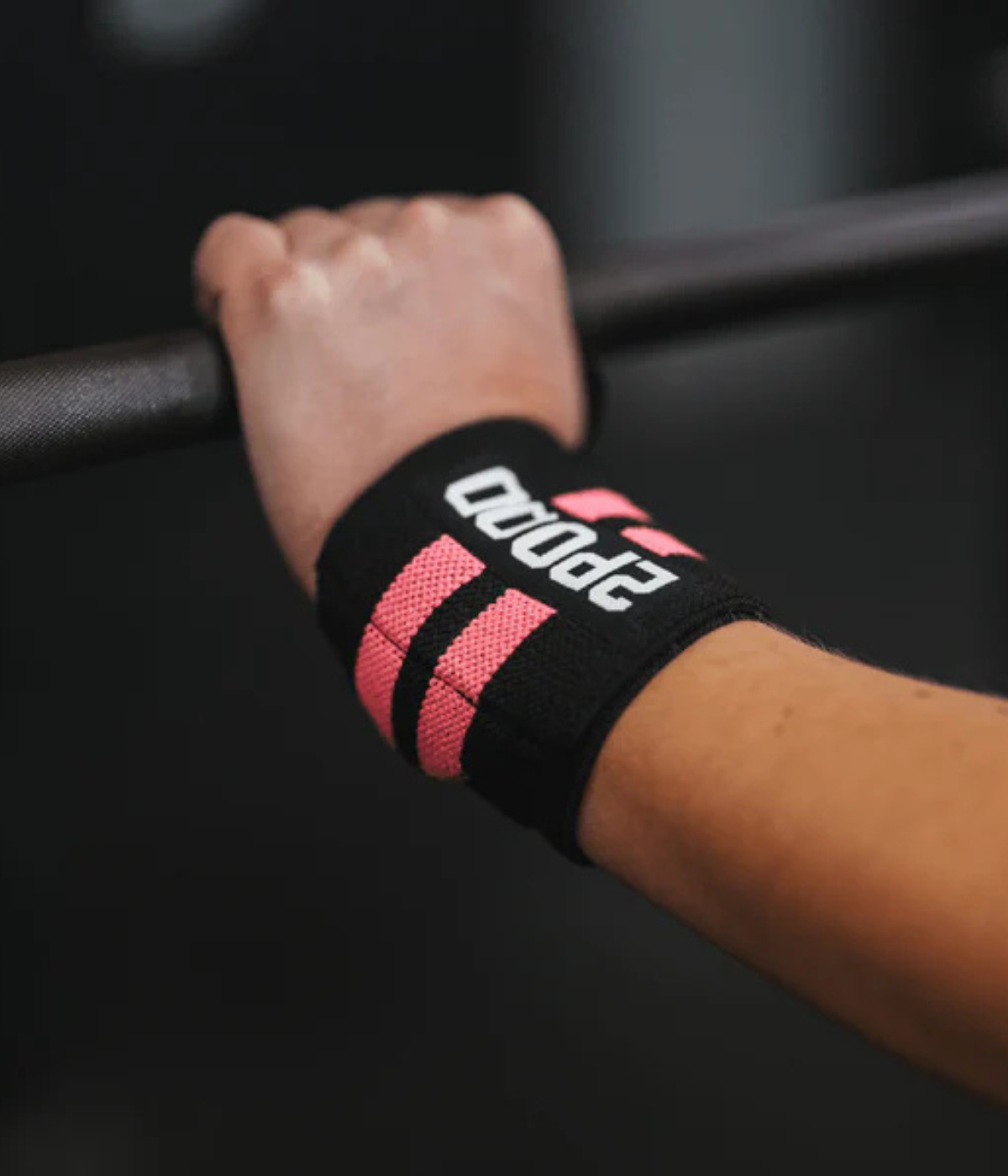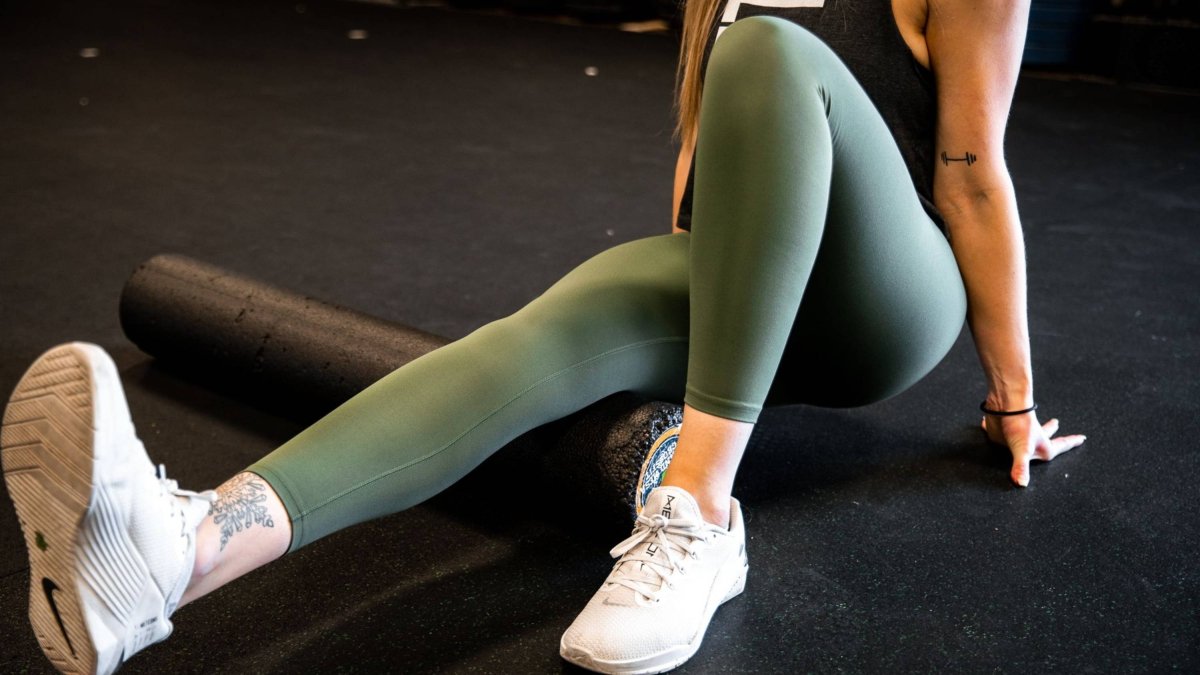3 Stretches You Should Be Doing Daily
Unfortunately, our modern lifestyles include a lot of sitting. We sit in the car, at work, while studying, and even relaxing at home. Maintaining the correct posture is nearly impossible most of the time. This results in tension, stiffness, and pain.
On top of this, modern lifestyles are also stressful. The body responds to mental stress by contracting muscles in preparation for flight or as a defense against injury. This tightening of the muscles causes tension, which may eventually lead to pain.
However, the act of stretching benefits the body in many ways. Stretching increases flexibility which reduces the risk of injury (whether you take part in sports or not). Stretching also decreases soreness, relieves tension, and increases blood flow (including nutrients and oxygen) to various muscles in your body. In turn, this can counteract the effects of sitting, helping you avoid pain and continue to enjoy your life to the fullest. So, what stretches should you be doing? Why exactly is stretching important again? Below, we examine all of this in more detail.
Is It Important to Stretch Daily?
Stretching before and after a workout is essential, but your body can benefit from it at other times too. In fact, stretching for a few minutes daily (or multiple times a day) is better than once or twice a week at the gym.
Repetitive stretching, even for small durations, increases the range of motion and flexibility of the joints and muscles involved. Ultimately, it is better to loosen up tense muscles regularly than to wait until the stiffness and discomfort are unbearable.
In many ways, stretching is instinctive. You might already do it without thinking, especially in the morning when you get up. It is natural and healthy. There are simple ways to make stretching a more frequent part of your day.
With that in mind, here are a few ideas:
- Stretch when you get up from your office chair or out of the car
- When your body instinctively stretches, focus and enhance the stretch
- Attach stretching to an already established habit like making a cup of coffee or heading to the bathroom
- Put a reminder on your phone
What Stretching Should I Do Everyday?
There are many stretches that benefit your body. Since tension around the neck and lower back are some of the most common complaints, the following three made it to the top of our list.
These stretches are effective and easy. You won’t need to tie yourself up in knots to do them or have any level of fitness or flexibility to get started. (Bonus: You can easily incorporate them into a quick 2-minute break a few times a day. You can even do them while sitting at your desk!)
Stretch #1: Neck and Shoulder Rolls
Tension around your neck and shoulders (which is common after sitting in front of a computer all day) can be crippling. Poor posture is the biggest culprit here. Avoid slouching at your desk and try to relax your shoulders rather than tighten up while you work. Stress is another common trigger of shoulder and neck tension (and this is why relaxation techniques are constantly recommended for improving overall health and wellness).
All in all, neck and shoulder rolls target the trapezius muscle that extends from behind the neck and across the shoulders. Here’s how to do them:
- Straighten your back (either sitting or standing)
- Gently roll the neck from side to side with your chin pressed down towards your chest
- As your muscles begin to relax, deepen the stretch, taking it further to each side
- Once your neck feels relaxed, shrug your shoulders up towards your ears with your arms at your side
- Coming down, roll your shoulders backward
- Repeat, changing the direction of the roll
Stretch #2: Behind the Back Chest Openers
Anxiety, stress, and poor posture affect the shoulders and neck. They also cause tension in the chest (which is sometimes mistaken for heart pain). Behind the back chest openers help combat the damage done by slouching and alleviate pain and tension that result from poor posture.
This upper body stretch targets the pectoralis muscles of the chest and the muscles around the neck and shoulders. Here’s how to do this stretch:
- Either standing or seated, reach your arms behind your back and lace your fingers
- Squeeze your shoulder blades together as you raise your arms behind you
- Hold for 15-20 seconds
Stretch #3: Forward Fold
Back pain is another common complaint among people who sit at desks all day. Poor posture causes unbalanced compression on the discs, the soft tissue between the vertebrae of the spine. This leads to back pain which can become chronic over time.
The forward fold targets the muscles of the calves, hamstrings, glutes, hips, and lower back. When done correctly, it loosens up tension along the spine, creates space between vertebrae, and provides relief from back pain. This stretch also increases flexibility around the hip joints.
Here’s how to do it:
- Either stand tall (this engages your hamstrings), or sit with your legs out in front of you, or just normally at your desk
- Slightly bend your knees (to start)
- Bend forward at the hip as far as your hamstrings will allow (without hunching your back). Your goal is for your torso to touch your thighs
- Reach down to your toes with your hands (Flexibility will increase over time, and you’ll be able to straighten your knees)
Healthy Stretching
To get the most out of your stretching routine, without doing any damage, listen to your body. Stretching might make your muscles tingle, but it should not be painful. Lighten up on a stretch if it starts to hurt. Similarly, deepen a stretch if you’re not noticing any significant pull.
Try to hold each stretch for around 15-60 seconds; This will get easier with practice. Remember to breathe deeply while you stretch. Providing your muscles with oxygen will help them relax and function optimally. If a stretch feels out of reach, don't give up; try again in a few minutes.
Consistency is key. Be realistic and stretch for a shorter duration more often. Regular stretching will yield results, so find a way that works for you and fit it into your routine.
Happy Stretching!
You know that stretching relieves the negative side effects of stress and increases flexibility and the health of your joints. But did you know it can also boost your mental health? Stretching increases the production of serotonin, the feel-good hormone in your brain. Serotonin helps to regulate your mood and reduce stress. In other words, stretching makes you happy!

















Leave a comment
All comments are moderated before being published.
This site is protected by hCaptcha and the hCaptcha Privacy Policy and Terms of Service apply.